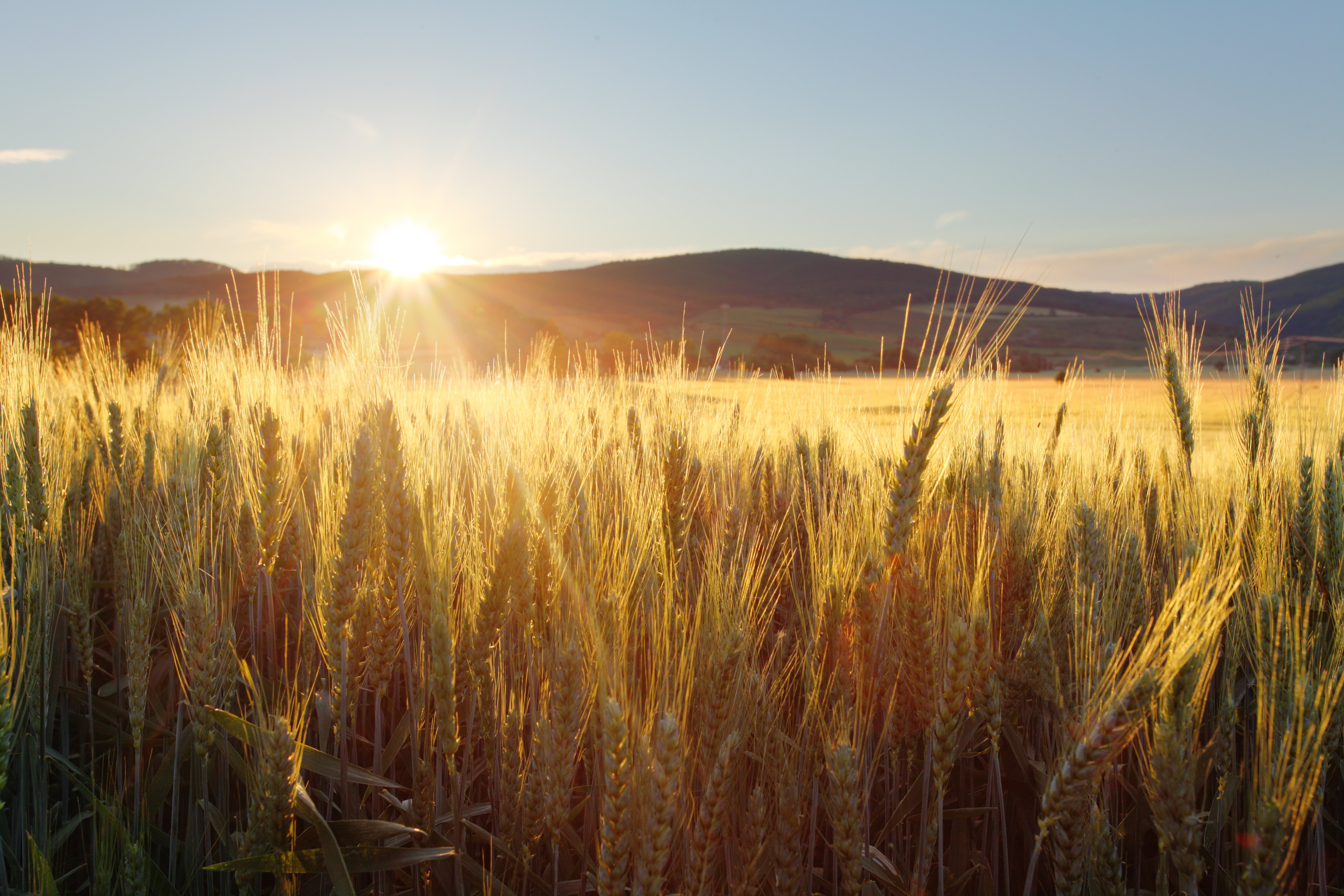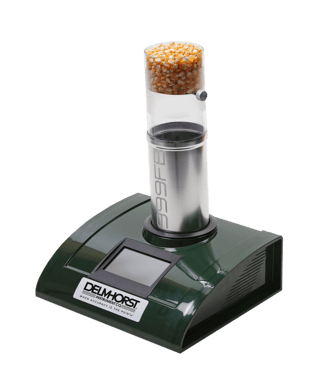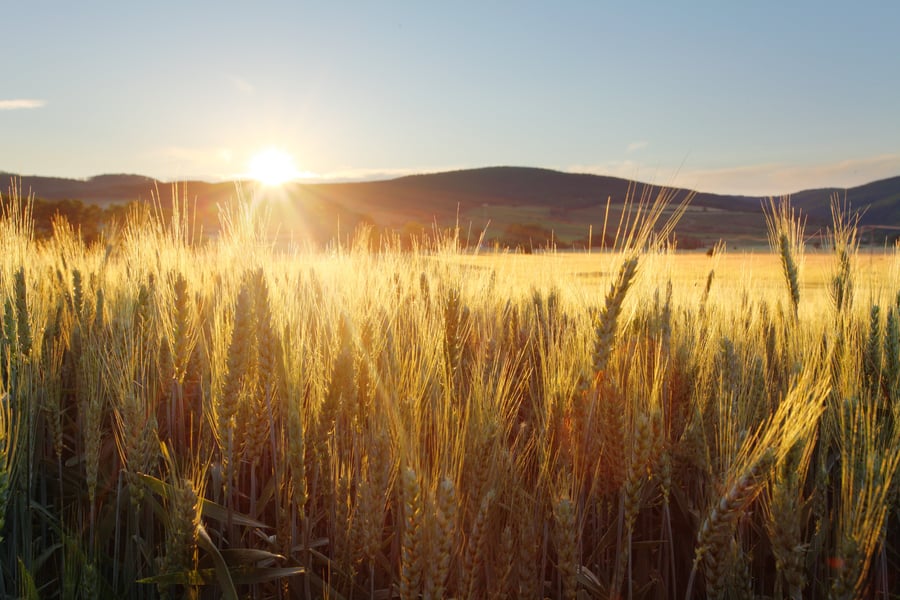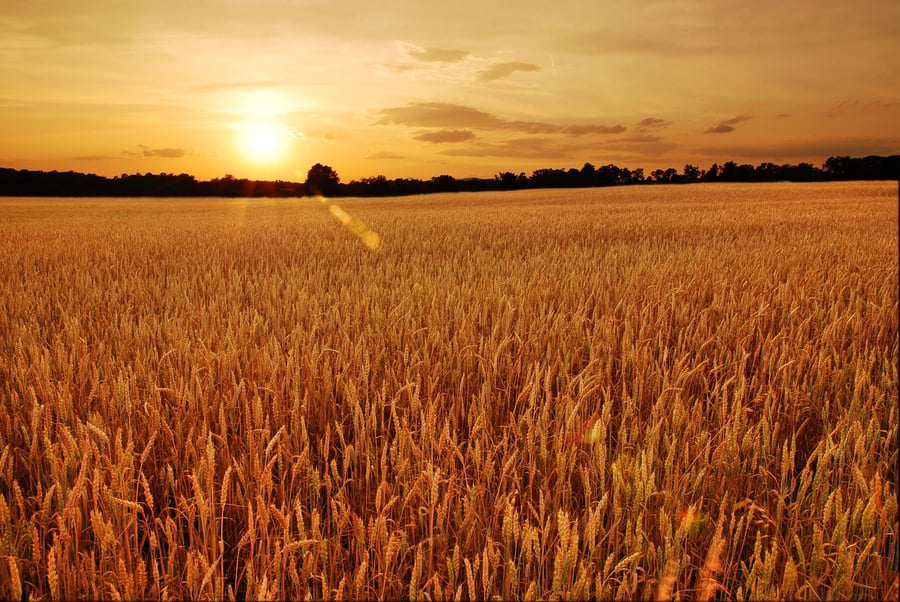What’s the Ideal Moisture Content for Grain?

In any agricultural setting, perfectly timing the harvest and properly preparing a crop for storage is critical for maximizing both crop yield and quality. Naturally, the better the crop and the more of it there is, the more a farmer can make off of the crop. This is no less true for grain than it is for any other crop.
One critical factor in maximizing crop quality and yield is the moisture content (%MC) of the crop at the time of harvest. If the harvest is made at just the right grain moisture content, farmers can make sure that their crops have the maximum nutritive value and the lowest possible chance of loss or spoilage.
Grain moisture meters are a critical tool for helping farmers identify the perfect time to start a harvest, but what is the ideal moisture content for grain?
Ideal Moisture Contents for Various Grains
One of the difficulties in answering the question of “what is the ideal %MC for grain crops?” is that there are so many different kinds of grain. Another difficulty is that various experts have differing opinions about the best %MC to start harvesting grain at based on their own research and experience.
With that in mind, here are a few examples of ideal grain moisture contents for harvesting purposes:
- Corn. According to the Channel.com agronomics site, the ideal time to harvest corn is when it “is between 22 to 25 percent” moisture content.
- Wheat. As noted by the DuPont Pioneer agronomy page on wheat, wheat should always be harvested “between 20% and 14% moisture.” Above this, damage to kernels is more likely and storage issues can crop up. Below this, cutterbar losses are more likely.
- Rice. Rice is a staple crop that is very sensitive to moisture conditions. As stated by organizations like the International Rice Research Institute, the ideal %MC of rice at harvest is between 20% and 25%.
- Rye. The harvest process of rye requires a bit of preparation. As noted by the Alberta Agriculture and Forestry page, rye should “be swathed when the kernel moisture content is 40 to 45 per cent.” The actual harvest should take place after a slow drying process in the field wherein the %MC of the rye is reduced to below 20% (per the Alberta Agriculture page’s recommendations).
These are just a few of the different grain crops that farmers may commonly encounter. Timing a harvest to coincide with when the crop is at its ideal moisture content is crucial for maximizing the quality and value of a grain crop.
Measuring Moisture in Grain
There are a few different methods for measuring the moisture content percentage of grain.
 The most accurate method is to use the weight-based “oven” test. This method has the farmer check the weight of a set amount of grain, put the grain in an oven, dehydrator, or microwave to dry it out, and check the weight of the grain again after it has been completely dried. To make sure the grain is completely dried, it may be necessary to put it through multiple drying cycles and recheck the weight until it stops changing.
The most accurate method is to use the weight-based “oven” test. This method has the farmer check the weight of a set amount of grain, put the grain in an oven, dehydrator, or microwave to dry it out, and check the weight of the grain again after it has been completely dried. To make sure the grain is completely dried, it may be necessary to put it through multiple drying cycles and recheck the weight until it stops changing.
After the grain is fully dried, the dry weight is divided by the wet weight to determine what the moisture content of the grain was prior to the test.
However, while accurate, this method is very slow and it destroys the grain being tested. The slowness and destructive nature of oven tests makes them unsuited for checking grain moisture in the field.
The alternative is to use a specialized device such as a grain moisture meter—sometimes referred to as a grain moisture tester or grain moisture content meter. These devices can provide near-instant measurements of grain moisture in the field. Best of all, many grain moisture meters, such as Delmhorst’s D999-FR, are hand-portable and designed to be used in the field with ease.
This makes it easy to verify grain moisture content in the field, just prior to starting the harvest. Additionally, because grain moisture meter testing is non-destructive, there isn’t as much worry about wasting grain for testing purposes.
Need to check the moisture content of your grain crops for harvesting? Learn more about grain moisture meters from Delmhorst today!
Subscribe to Our Blog
Post Related

Why Are Grain Calibrations Important for Measuring Grain Moisture?


